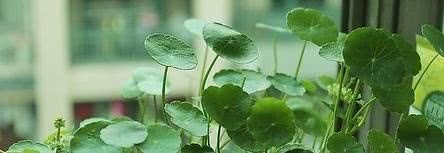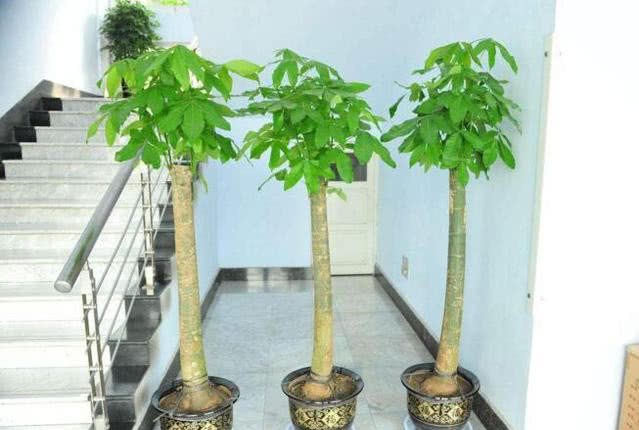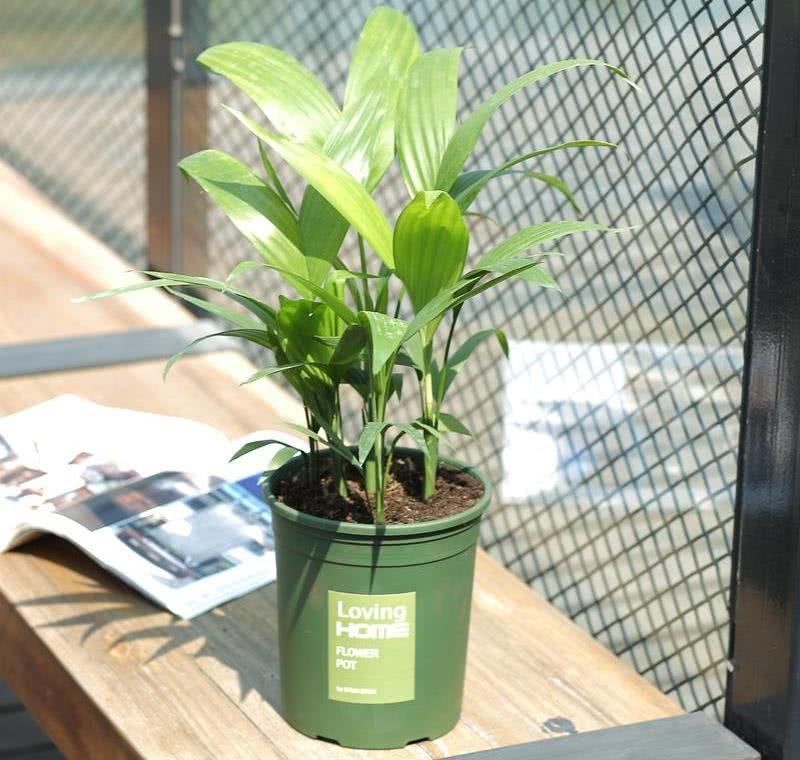We often see the copper money grass that looks like a lotus and is simple and convenient to raise.

Copper money grass also knows how to be grateful. It has won the love of many people with its own efforts. It will also bear fruit. There are seeds in its berries that can be used to propagate the next generation of flower seedlings.
We often see the copper grass, which looks like a lotus and is simple and convenient to raise.
Codonopsis grossedentata is an aquatic ornamental plant that looks like the lotus leaf but is much smaller than the lotus leaf. The leaves of Codonopsis grossedentata are as long as his name suggests, especially like a copper coin. Copper money grass is also a kind of plant that can be raised all the year round. It not only has green leaves, but also produces clusters of small flowers. Its breeding process is simple and rough, so it is easy to raise without picking the environment at all. It is more suitable for people who are busy at work and have no time to take care of flowers and plants. Keeping one or two pots at home can also have the effect of purifying the environment.
The stem of Rabdosia angustifolia is usually about 10 to 15 centimeters, and the stem will be broken as soon as it is pinched gently. The new plant will grow in the root part of the stem, and the top of the stem is generally brown, its leaf veins are generally radial, and the trunk of its stem is grass-green. Copper money also blossoms. It usually blossoms between June and August. Its flowers are just like clusters of white flowers that look as clean and beautiful as little stars in green copper coins.
Rabdosia angustifolia grew in both tropical and subtropical Europe a long time ago, but now it is often seen in the south of the Yangtze River in China. Because there are more wild coppergrass, it can survive tenaciously in a variety of environments. But because most people now regard copper grass as an ornamental plant, it gives copper flowers a much better growing environment than before. Copper grass also knows how to be grateful, and it has won the love of many people with its own efforts. It also bears fruit, and there are seeds in its berries that can be used to reproduce the next generation of flowers.
Rabdosia angustifolia is mainly propagated by its partial roots, but it can also be propagated by sowing its seeds, or by cutting. The best transplanting season is between March and May every year. Its planting method is very simple, as long as it is planted in nutrient-rich soil and given enough water, sprayed every day, it will soon grow roots and sprout. When mixing the soil with rotten leaves, the soil containing rotten leaves and the wet mud in the river water can be mixed with the soil in the field, so as to meet the nutrients needed by the plant. Codonopsis grossedentata is a kind of plant that can be easily satisfied. It has no excessive requirements on its living environment, even if you put it in clean water, it can live for a long time.
In the cultivation of copper grass does not need to do any special care, just let it receive the sun and give it a lot of water, it will grow very fast. If you keep the copper grass in a cool room, you can use the light at home instead of sunlight. Rabdosia angustifolia also has withered leaves, but you don't have to worry about it withering, because its growth rate is much faster than that of its leaves. So when you see that he has withered and yellow leaves, just pull out the withered and yellow leaves.
The general way of cultivation is to plant them in water, which is usually tap water. Put tap water aside for an hour or two to remove impurities, and then it can be used as a planting ground. In addition, it is best to plant it in the soil when it is cultivated in the early days, because after all, the soil contains much more nutrients than tap water.
Although it does not have too many requirements for the environment in which it grows, one thing can be said to be fatal to it, that is, the cold. What it can't stand most is the cold winter, especially in the north. If you don't pay attention to it, you will succumb to the threat of winter. At this time, it is time to move the copper grass to a warm indoor breeding. Raising Rabdosia indoors also has many advantages is that it, like most green plants, can purify the air and make the air more transparent and clean. Wait until the winter past to choose warm but the sun will not be too poisonous when the copper money grass moved outside to let it absorb the sun, this is conducive to its healthy growth.
- Prev

Home improvement planting what can town house? Are those two enough? Do you grow them at home?
Hello, dear friends, are you up yet? Xiaobian here has been sunburned, now everyone should have started working, Xiaobian knows that everyone's time is very precious, but Xiaobian hopes that you can smoke...
- Next

There are still many mosquitoes in early autumn. If you have such a pot in your house, mosquitoes and flies run away.
Brown bamboo is known as Guanyin bamboo, Jintou bamboo, palm bamboo, dwarf palm bamboo, for the palm bamboo is an evergreen foliage plant. The big tiger skin orchid's green plant bonsai, has prevents the radiation to absorb formaldehyde a kind of plant flowers and trees, most.
Related
- Wuhan Hospital Iron Tree Blooming Result Was Instantly Frightened by the Gardener Master
- Which variety of camellia is the most fragrant and best? Which one do you like best?
- What is the small blue coat, the breeding methods and matters needing attention of the succulent plant
- Dormancy time and maintenance management of succulent plants during dormancy
- Minas succulent how to raise, Minas succulent plant pictures
- What are the varieties of winter succulent plants
- How to raise succulent plants in twelve rolls? let's take a look at some experience of breeding twelve rolls.
- Attention should be paid to water control for succulent plants during dormant period (winter and summer)
- Watering experience of twelve rolls of succulent plants
- Techniques for fertilizing succulent plants. An article will let you know how to fertilize succulent plants.

